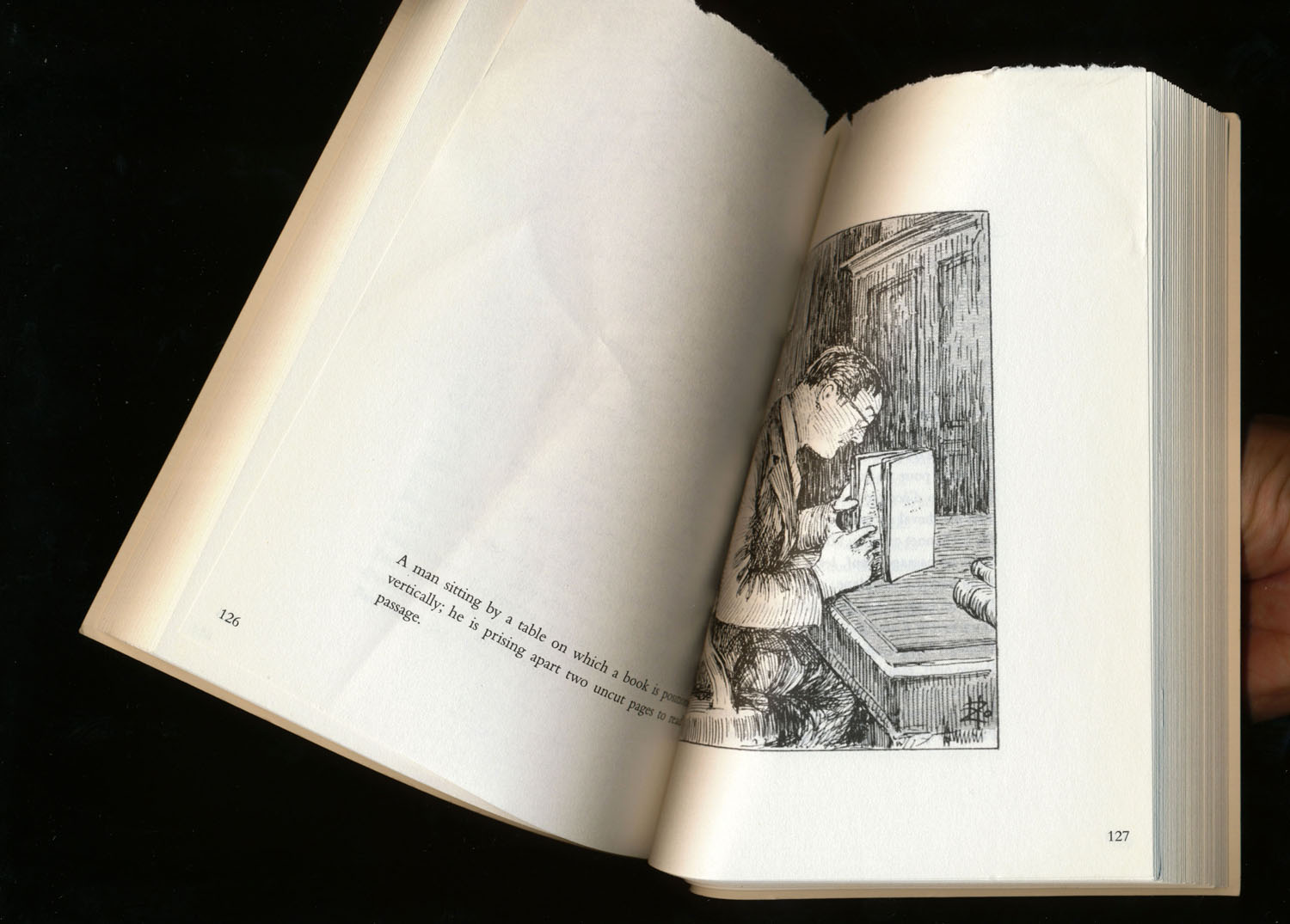These are both online, on separate websites:
What is Interesting Writing in Art history?
 The two projects might end up as books, but for now they are notes for two courses I am teaching at the School of the Art Institute of Chicago.
The two projects might end up as books, but for now they are notes for two courses I am teaching at the School of the Art Institute of Chicago.
What is Interesting Writing in Art History? asks why art history, art theory, and visual studies have had so little to say about what counts as interesting writing. Usually writing is said to be good if it is plain, clear, eloquent, and adequate to its task. Art history has virtually no pedagogy or texts on what might constitute interesting or experimental writing. This website contains analyses of individual texts on art, both in disciplinary art history (Rosalind Krauss, Leo Steinberg, T.J. Clark, Alexander Nemerov) and outside the discipline (John Berger, Lean-Louis Schefer, Hélène Cixous).
Writing with Images is about a subject that is wider than art history, theory, or criticism, and includes them all as special cases: the topic here is writing (experimental, nonfiction, fiction) that uses images (usually photographs, but also drawings, graphs, etc.). This project includes analyses of works of fiction that use images (W.G. Sebald, Georges Rodenbach, Raymond Roussel, Tan Lin, John Gardner, Orhan Pamuk, Umberto Eco, etc.).
What is Interesting Writing in Art History? and its surrounding project, called Writing with Images, are both exercises in criticism. They are also meant to be practical, because I am trying to open this field for myself, for my own writing. I hope these chapters can be useful to others who write, necessarily, differently.
These are parts of my Live Writing Project: the idea is to expose the writing while it’s in process, instead of working until it’s presentable or finished. Absolutely all comments, suggestions, and criticism are welcome. Please post your thoughts on the two sites (links in the box at right). All contributors to the book will be mentioned and thanked in print. Private messages can be sent via this website’s contact form.